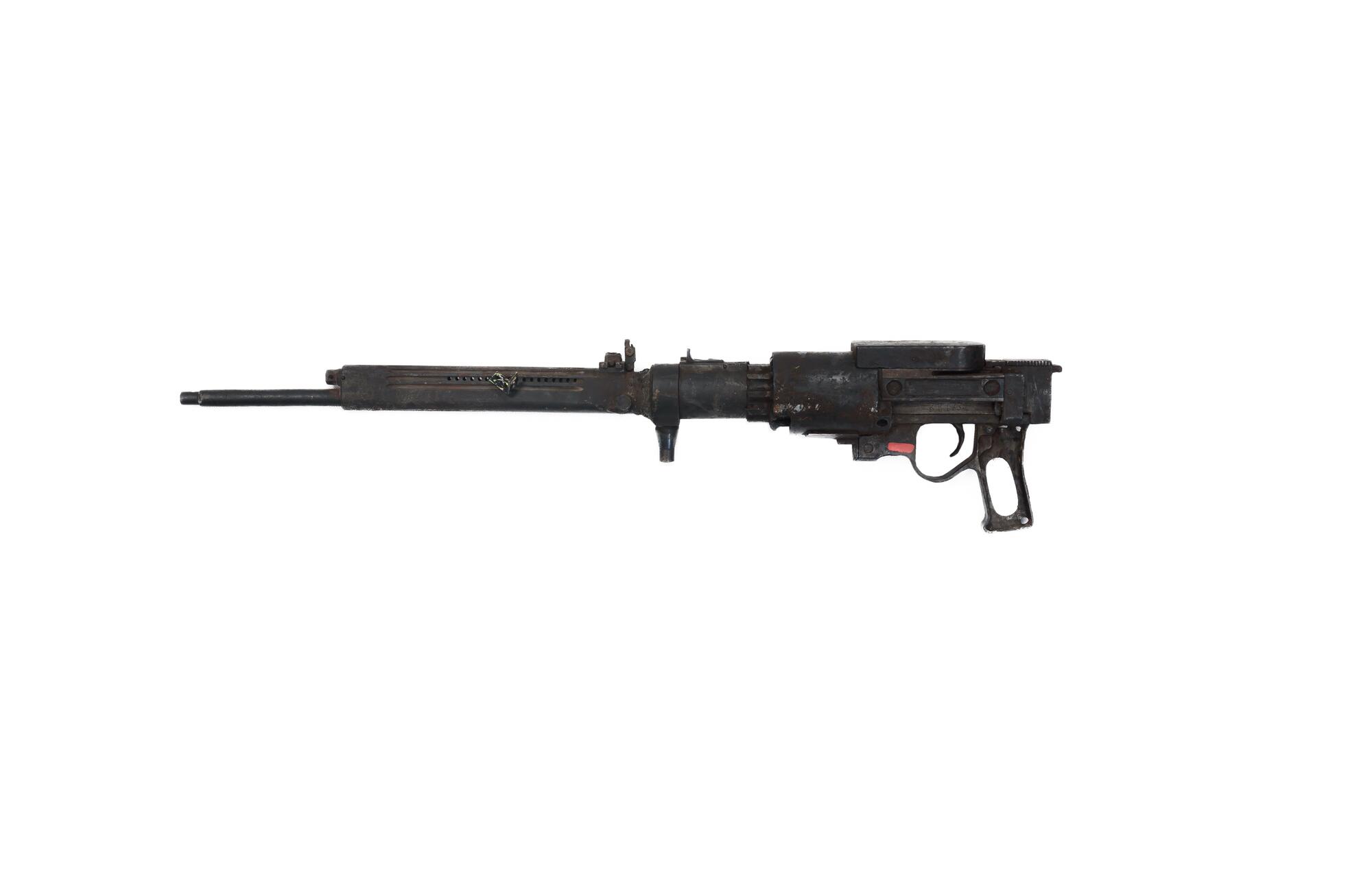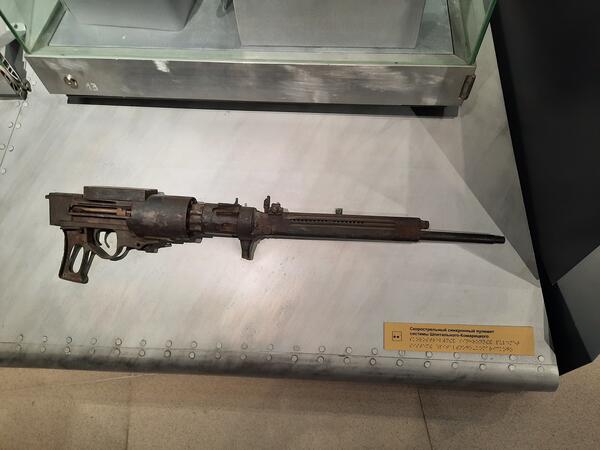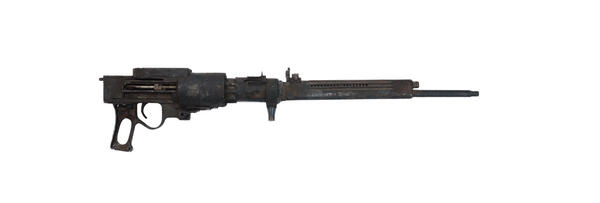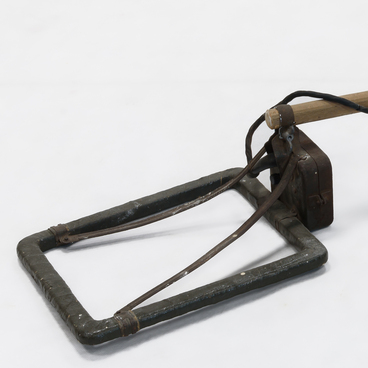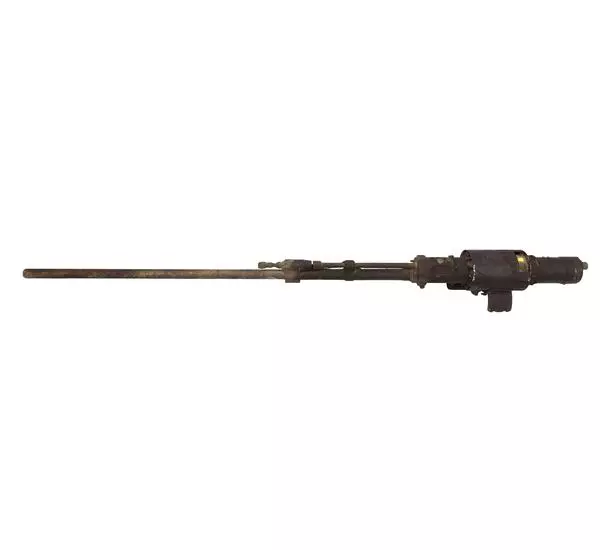Boris Gavriilovich Shpitalny (1902–1972) proved himself as an inventor in the 1920s. In 1927, he graduated from the Lomonosov Moscow Institute of Mechanics with the specialization in aviation engineering, which was a novel field of research at that time. He worked at the Scientific Automotive Institute. Shpitalny put forward his design of the “super machine gun” in 1926. The rapid development of aviation, the increase in the speed and maneuverability of combat aircraft and the complexity of installing entire “machine gun batteries” on them required a sharp increase in the rate of fire of aircraft-mounted weapons.
However, the new system needed significant improvement — the designer’s lack of experience in working on weapons was quite evident. Therefore, in 1928, the Weapons and Machine Guns Trust assigned Irinarch Andreyevich Komaritsky (1891–1971) to help Shpitalny. Komaritsky was an experienced Tula gunsmith, who took part in the modernization of the “3-line Mosin-Nagant rifle” and worked at that time in the Military-Industrial Commission.
On February 13, 1932, the Artillery Directorate of the Red Army issued an order for the manufacture of seven machine guns for field testing. At the beginning of June 1932, Shpitalny, Komaritsky and a representative of the Air Force Ponomaryov proffered the machine gun to the People’s Commissar for Military and Naval Affairs Kliment Voroshilov.
On October 7, the Revolutionary Military Council approved the results of the field tests, and by a resolution of October 11, 1932, adopted the machine gun into service. However, it took two more years to improve its technical characteristics and to simplify the design. In April 1933, a modified version of the machine gun was presented, and it went into production in July.
The main feature of the ShKAS gun was its feeding system. When rapid-firing, removing the cartridge from the ammunition belt and feeding it into the chamber in one automatic firing cycle would inevitably damage the casings and some bullets would be lost. Thus, the cartridge was fed through a special feed cage (a drum) that held 10 rounds, rotating inside a fixed cylinder. A helical cam (groove) was made on the axis of the drum and the inner surface of the cylinder. When the drum turned, the rimmed cartridge slid along the helical cam in such a way that the withdrawal of the cartridge from the belt and the feeding process were spread over 10 firing cycles. The extractor was also quite ingeniously designed: it removed the cartridge case outside the weapon in two steps.
The ShKAS was a revolutionary gun in many respects. The guns that preceded it — the PV-1, DA and DA-2 aircraft-mounted machine guns — were general-use Maxim and Degtyaryov DP machine guns that were modified to be installed on aircraft, that is, they simply continued the warfare philosophy and legacy of World War I.
However, the new system needed significant improvement — the designer’s lack of experience in working on weapons was quite evident. Therefore, in 1928, the Weapons and Machine Guns Trust assigned Irinarch Andreyevich Komaritsky (1891–1971) to help Shpitalny. Komaritsky was an experienced Tula gunsmith, who took part in the modernization of the “3-line Mosin-Nagant rifle” and worked at that time in the Military-Industrial Commission.
On February 13, 1932, the Artillery Directorate of the Red Army issued an order for the manufacture of seven machine guns for field testing. At the beginning of June 1932, Shpitalny, Komaritsky and a representative of the Air Force Ponomaryov proffered the machine gun to the People’s Commissar for Military and Naval Affairs Kliment Voroshilov.
On October 7, the Revolutionary Military Council approved the results of the field tests, and by a resolution of October 11, 1932, adopted the machine gun into service. However, it took two more years to improve its technical characteristics and to simplify the design. In April 1933, a modified version of the machine gun was presented, and it went into production in July.
The main feature of the ShKAS gun was its feeding system. When rapid-firing, removing the cartridge from the ammunition belt and feeding it into the chamber in one automatic firing cycle would inevitably damage the casings and some bullets would be lost. Thus, the cartridge was fed through a special feed cage (a drum) that held 10 rounds, rotating inside a fixed cylinder. A helical cam (groove) was made on the axis of the drum and the inner surface of the cylinder. When the drum turned, the rimmed cartridge slid along the helical cam in such a way that the withdrawal of the cartridge from the belt and the feeding process were spread over 10 firing cycles. The extractor was also quite ingeniously designed: it removed the cartridge case outside the weapon in two steps.
The ShKAS was a revolutionary gun in many respects. The guns that preceded it — the PV-1, DA and DA-2 aircraft-mounted machine guns — were general-use Maxim and Degtyaryov DP machine guns that were modified to be installed on aircraft, that is, they simply continued the warfare philosophy and legacy of World War I.
